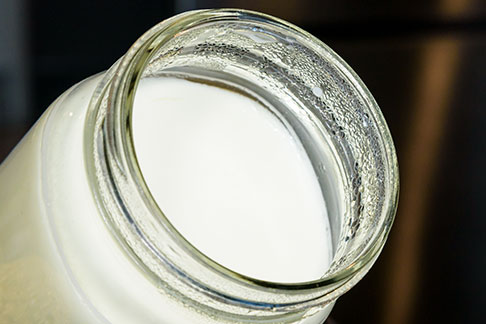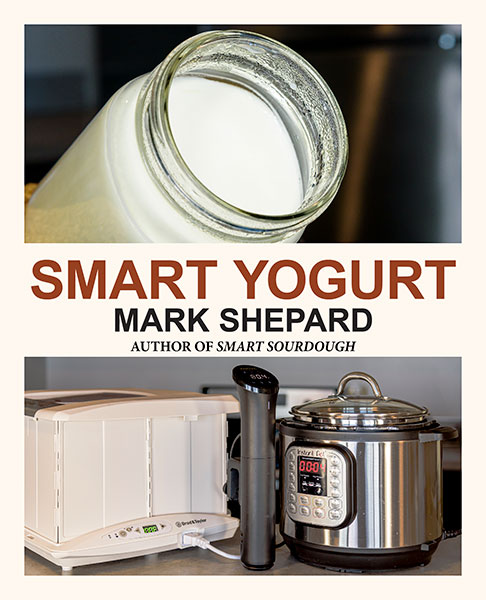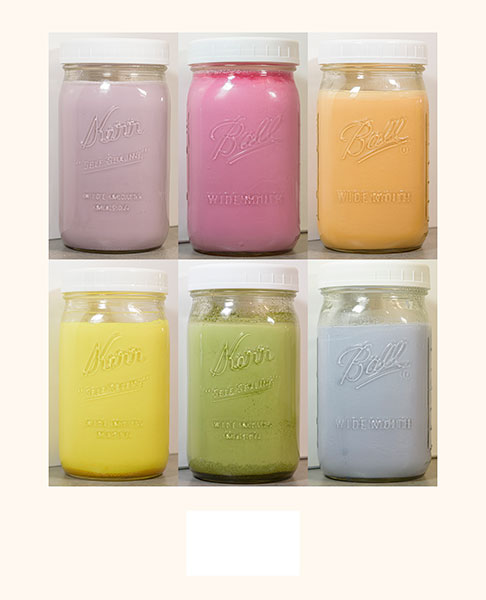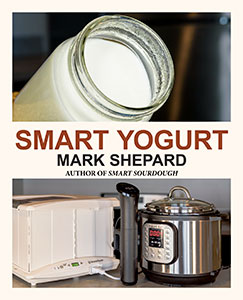Getting Started
Let’s handle a few basic questions up front.
Why eat yogurt? It’s a tasty food that’s both healthful and satisfying. It has all the nutrients of regular milk and more, in a form that may be digestible even for those who cannot otherwise tolerate dairy. Most yogurt also contains live bacteria that can be beneficial to gut health.
Why make your own? One reason might be saving money. The cost of homemade yogurt could be as low as a quarter of the cost of store-bought. And it’s never likely to rise above half, even if you splurge on premium milk.
Another reason might be to avoid commonly added ingredients like thickeners and stabilizers. You might also want a specialized yogurt that’s hard or impossible to get commercially—a yogurt with even richer taste, or with lactose more heavily reduced, or with greatly strengthened probiotics.
Why not make your own? There are good reasons here too. Most home recipes are exacting and time-consuming. And in the end, you may wind up with a product you like less than commercial yogurt, with little or no added health benefit.
I stopped making my own yogurt for years, because it didn’t seem worth the effort. Eventually, though, my experiments convinced me otherwise—and led me to write this book. Here I hope to put to rest your reasons against and strengthen your reasons for, while also exploring possibilities that might be entirely new to you.
I’ll start by showing how to cut your total prep and processing time to about five minutes, with no thermometer required. Next, I’ll present several modern devices that can give you more control over the process and allow much larger batches.
Then you’ll find out how to thicken your yogurt without straining it or adding any thickener or stabilizer—not to mention the extremely simple way to make it tastier and more satisfying than most yogurt you can buy. Plus how to add your choice of natural flavors at the start and still get firm yogurt.
After that, I’ll tell how to make your yogurt even more easily digestible, for those who have trouble with dairy. Then I’ll present several new methods of my own for increasing the diversity of your yogurt’s beneficial bacteria. These methods will provide probiotic value far beyond that of any yogurt in a store—or for that matter, any homemade yogurt touted by today’s health gurus and influencers.
Finally, for those looking for vegan alternatives, I’ll explore the possibility of making a true yogurt—not just an imitation!—that’s dairy-free and plant-based.
Yogurt is likely already a rewarding part of your diet and lifestyle. Let’s make it even more so.




